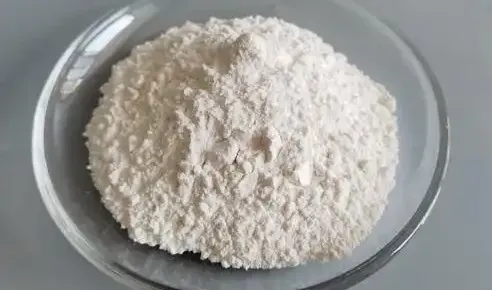
Gypsum Retarder and Accelerator: How to Control Plaster Setting Time
When working with gypsum-based products, controlling the setting time is crucial for achieving smooth finishes and efficient workflows. Whether you are looking to speed up or slow down the setting process, understanding the role of a gypsum retarder chemical and a gypsum accelerator is essential. This guide covers the difference between retarders and accelerators, their applications, and answers the common question: "Gypsum is retarder or accelerator?"

Gypsum Retarder Chemical: How It Works and Its Applications
A gypsum retarder chemical is used to slow the setting time of gypsum plaster, drywall compounds, and other gypsum-based materials. These additives are vital when working in hot climates, on large surface areas, or during detailed decorative projects where extended working time is needed.
Common gypsum retarder applications include:
Plastering large wall surfaces
Making decorative gypsum moldings
Drywall joint finishing
Prefabricated construction panels
One widely used natural plaster retarder is cream of tartar plaster retarder, which is valued for its availability and effectiveness in small-scale applications. For professional and industrial use, products like USG gypsum plaster retarder offer precise control over setting times with consistent performance.
Products like extra time plaster retarder Screwfix are popular among DIYers and small contractors, helping to extend the workable time of gypsum plaster mixes without affecting the final strength.
Gypsum Accelerator vs. Retarder: Which One Do You Need?
A gypsum accelerator does the opposite of a retarder. It reduces the setting time, allowing gypsum plaster to harden quickly. Accelerators are useful in cold weather conditions, emergency repairs, or when quick job turnover is needed.
So, the common question arises: "Gypsum is retarder or accelerator?" The answer depends on what additive is used. Pure gypsum naturally sets relatively quickly. Adding a gypsum retarder chemical slows this process down, while adding a gypsum accelerator speeds it up.
Here’s how to choose:
Use a gypsum plaster retarder like USG gypsum plaster retarder, cream of tartar plaster retarder, or extra time plaster retarder Screwfix if you need extended working time.
Choose a gypsum accelerator if quick setting is required, such as in cold environments or urgent repair work.
Both retarders and accelerators are essential in construction to adapt gypsum products to various working conditions and project requirements.
FAQ: Common Questions About Gypsum Retarders and Accelerators
1. What is a gypsum retarder chemical, and how does it work?
Answer: A gypsum retarder chemical slows the crystallization process of gypsum, extending the working time of plaster to allow for larger applications or detailed finishes.
2. Is gypsum a retarder or accelerator by itself?
Answer: Pure gypsum is neither; it naturally sets quickly. It becomes slower or faster based on additives—adding a plaster retarder delays setting, while a gypsum accelerator speeds it up.
3. How effective is cream of tartar plaster retarder for small projects?
Answer: Cream of tartar plaster retarder is an effective, natural option for DIY projects and small jobs, providing additional working time without altering the strength of the plaster.
4. What is the difference between USG gypsum plaster retarder and extra time plaster retarder Screwfix?
Answer: USG gypsum plaster retarder is a commercial-grade product widely used in professional and industrial applications, while extra time plaster retarder Screwfix is a user-friendly option targeted at DIY users and small contractors.
5. When should I use a gypsum accelerator instead of a gypsum plaster retarder?
Answer: Use a gypsum accelerator when you need the plaster to set quickly—ideal for cold environments, small repairs, or when multiple layers must be applied quickly.
-
Hydroxypropyl Starch as a Sustainable Construction AdditiveNewsNov.24,2025
-
The Gelation Properties of CMCNewsNov.21,2025
-
Redispersible Latex Powder and Water Retention CapacityNewsNov.21,2025
-
Dosage Control for Polycarboxylate Water ReducerNewsNov.21,2025
-
Film-Forming Properties of Polyvinyl AlcoholNewsNov.21,2025
-
The Function of Gypsum Additives in MortarNewsNov.21,2025





















